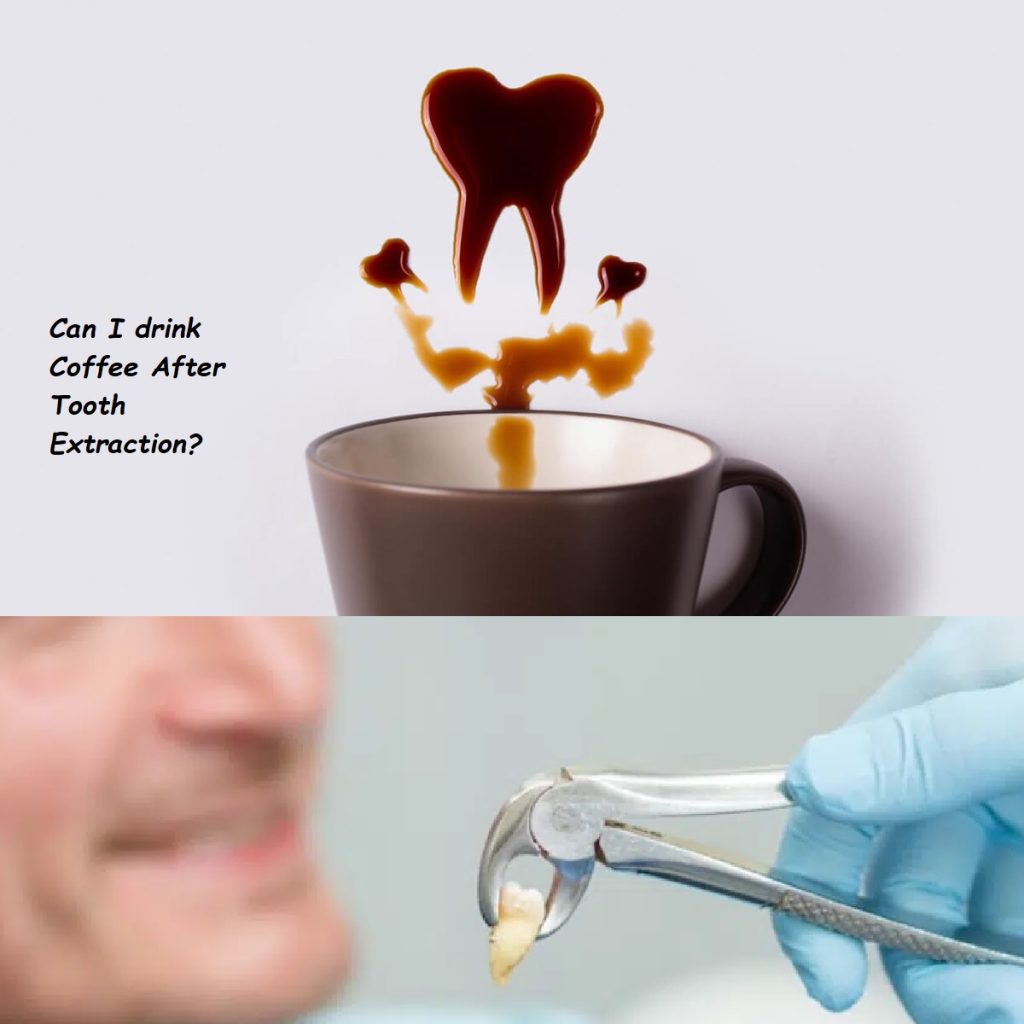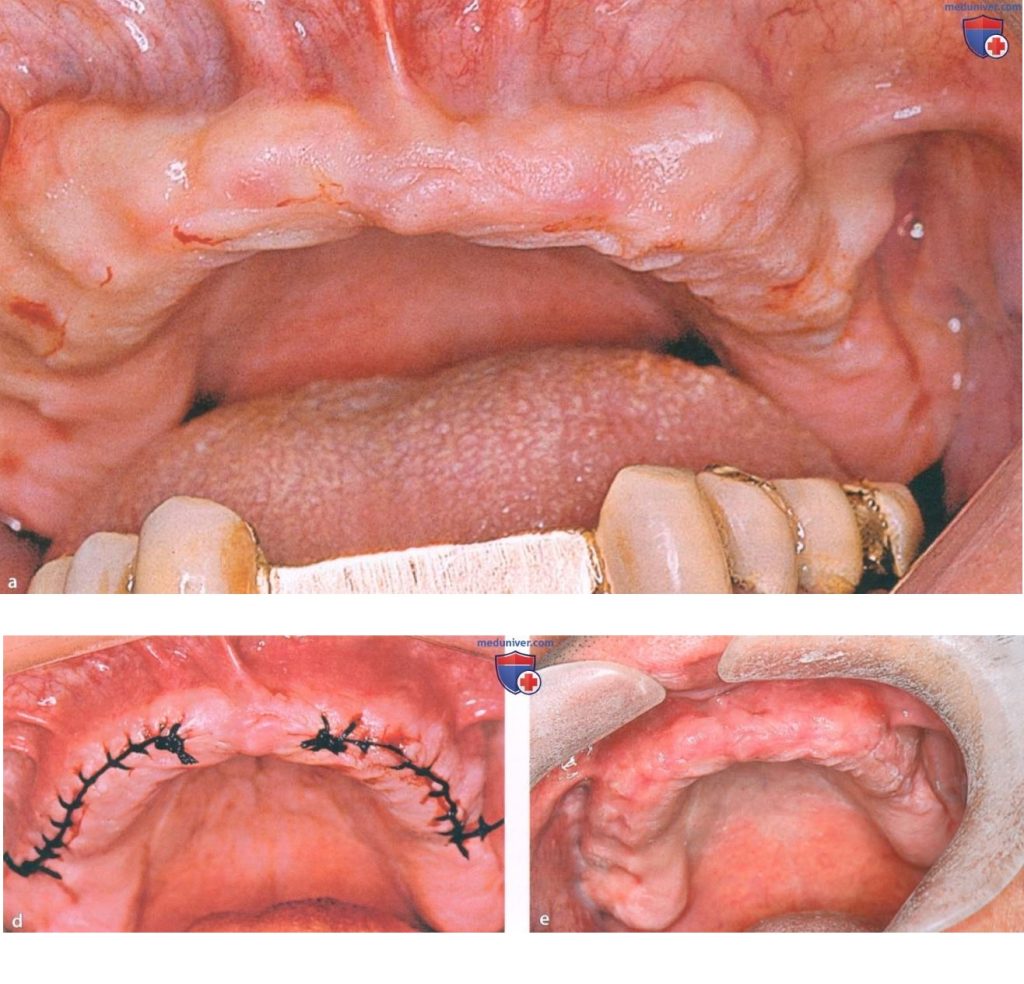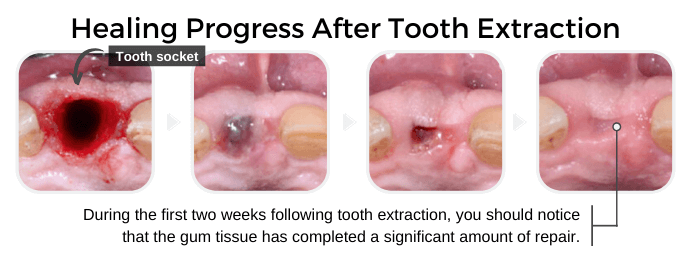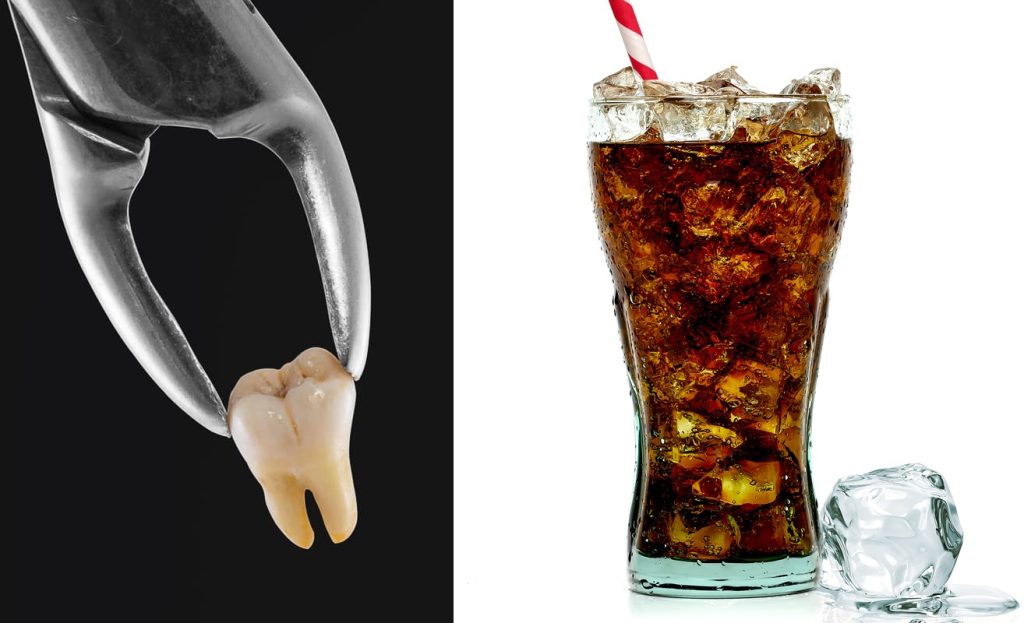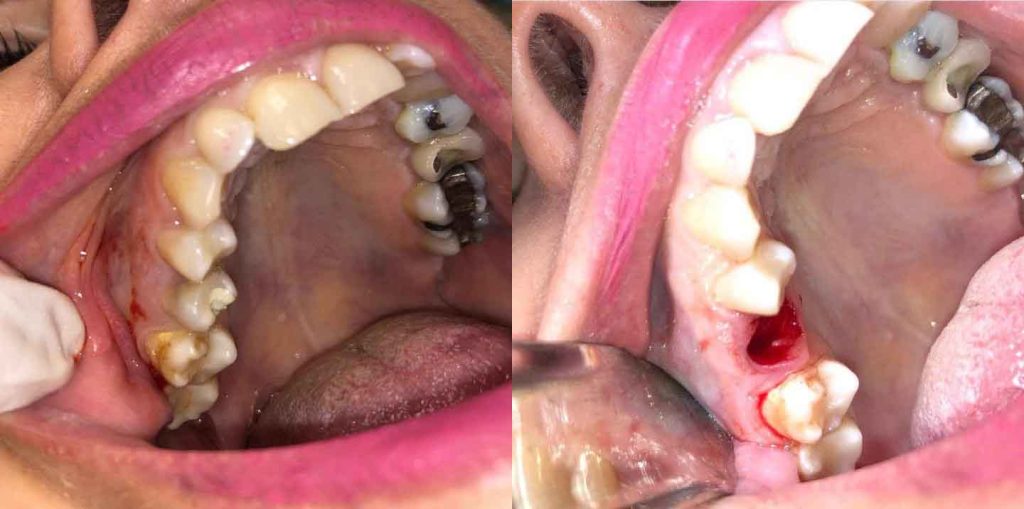how to pull a tooth at home
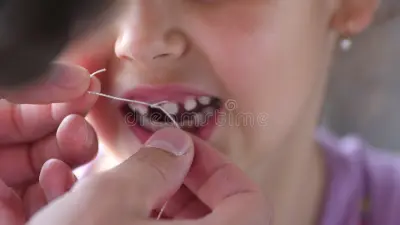
Pulling a tooth at home can seem like a daunting task, but there are situations where it might be necessary or practical. However, it’s crucial to approach this with caution, as improper extraction can lead to complications. This guide will cover the reasons why someone might need to pull a tooth at home, the risks involved, and the detailed steps to do it safely. Remember, seeking professional dental care is always the best option, but in case of an emergency, this guide will provide you with the necessary information.
Why Would You Need to Pull a Tooth at Home?
There are several reasons why someone might consider pulling a tooth at home. Understanding these reasons can help determine if home extraction is appropriate:
Loose Baby Teeth
Children often have loose baby teeth that need to be removed to make way for their permanent teeth. In many cases, these teeth can be gently pulled at home without much difficulty.
Severe Toothache
A severe toothache might prompt someone to consider extracting the tooth at home, especially if dental care is not immediately accessible. However, this should be a last resort after exploring other pain relief options.
Dental Infections
Infected teeth can cause significant pain and swelling. While home extraction might seem like a quick fix, it’s important to understand that this does not address the underlying infection and could lead to further complications.
Financial Constraints
The cost of dental care can be prohibitive for some people, leading them to consider home extraction as a more affordable option. However, the potential risks and complications might end up being more costly in the long run.
Lack of Access to Dental Care
In remote or underserved areas, access to professional dental care might be limited. In such cases, people might feel they have no choice but to attempt home extraction.
Risks of Pulling a Tooth at Home
Before attempting to pull a tooth at home, it’s essential to understand the risks involved:
Infection
One of the most significant risks of pulling a tooth at home is infection. Without proper sterilization and care, bacteria can enter the socket and lead to a serious infection.
Excessive Bleeding
Teeth have blood vessels that can bleed profusely when a tooth is extracted. Managing bleeding at home can be challenging and dangerous if not handled correctly.
Damage to Surrounding Teeth and Tissues
Improper extraction techniques can damage surrounding teeth and gum tissues, leading to further dental problems.
Pain and Discomfort
Pulling a tooth without professional dental tools and anesthesia can be extremely painful and uncomfortable.
Incomplete Extraction
There is a risk that the tooth might break during extraction, leaving fragments behind that can cause ongoing pain and infection.
Potential for Nerve Damage
Certain teeth are close to nerves, and improper extraction can result in nerve damage, leading to long-term complications such as numbness or tingling.
Preparing to Pull a Tooth at Home
If you’ve considered all the risks and still need to proceed with pulling a tooth at home, preparation is crucial:
Assess the Situation
- Determine the Reason: Ensure the tooth actually needs to be pulled. For example, a loose baby tooth versus an infected adult tooth requires different considerations.
- Examine the Tooth: Look at the tooth closely to understand its condition. A loose tooth is easier to extract than one that is still firmly rooted.
Gather Necessary Supplies
- Sterilized Tweezers or Dental Forceps: If possible, use tools that have been properly sterilized to minimize the risk of infection.
- Gauze or Cotton Balls: To manage bleeding and apply pressure post-extraction.
- Pain Relievers: Over-the-counter pain medication can help manage discomfort.
- Antiseptic Mouthwash: To clean the area before and after extraction.
- Gloves: To keep the process as sanitary as possible.
- Ice Pack: To reduce swelling and pain after extraction.
Prepare the Environment
- Clean Surface: Ensure you’re working in a clean environment to reduce the risk of infection.
- Good Lighting: Proper lighting is essential to see what you’re doing clearly.
- Someone to Assist: If possible, have someone assist you in case you need help or something goes wrong.
Steps to Pull a Tooth at Home
Step 1: Numb the Area
- Rinse with Warm Salt Water: This helps to clean the mouth and can also provide some numbing effect.
- Apply an Over-the-Counter Numbing Gel: Available at most pharmacies, these gels can help reduce pain.
Step 2: Loosen the Tooth
- Wiggle the Tooth: Use your fingers or a clean tool to gently wiggle the tooth back and forth. This can help loosen it from the socket.
- Repeat Daily: If the tooth is not ready to come out, wiggling it daily can help speed up the loosening process.
Step 3: Use Dental Floss
- Tie a String or Floss Around the Tooth: Ensure it is secure but not too tight to cause pain.
- Pull with a Quick Motion: If the tooth is very loose, a quick pull can help it come out cleanly.
Step 4: Use Dental Forceps or Tweezers
- Grip the Tooth Firmly: Hold the tooth with sterilized tweezers or dental forceps.
- Twist and Pull: Gently twist and pull the tooth. Be careful not to apply too much force, which can cause the tooth to break.
Step 5: Manage Bleeding
- Apply Gauze: Place a piece of gauze or cotton ball over the extraction site and apply pressure to control bleeding.
- Change Gauze as Needed: Keep changing the gauze until the bleeding stops.
Step 6: Clean the Area
- Rinse with Antiseptic Mouthwash: Use an antiseptic mouthwash to clean the area and prevent infection.
Step 7: Post-Extraction Care
- Take Pain Relievers: Use over-the-counter pain relievers to manage pain.
- Apply Ice: Use an ice pack to reduce swelling.
- Eat Soft Foods: Stick to soft foods and avoid chewing on the extraction site.
- Monitor for Signs of Infection: Watch for symptoms such as increased pain, swelling, fever, or pus, and seek medical attention if these occur.
When to Seek Professional Help
Even if you manage to pull a tooth at home, it’s crucial to seek professional dental care afterward to ensure there are no complications. Immediate medical attention is required if you experience any of the following:
- Excessive Bleeding: If bleeding doesn’t stop after 30 minutes of applying pressure.
- Severe Pain: Pain that cannot be managed with over-the-counter medication.
- Signs of Infection: Symptoms such as fever, increased swelling, or pus.
- Broken Tooth: If the tooth breaks during extraction and fragments are left behind.
Alternatives to Home Extraction
Before deciding to pull a tooth at home, consider these alternatives:
Pain Management
- Over-the-Counter Pain Relievers: Medications like ibuprofen or acetaminophen can help manage tooth pain temporarily.
- Cold Compress: Applying a cold compress to the outside of the cheek can reduce pain and swelling.
Temporary Dental Fillings
- Dental Cement: Available at pharmacies, dental cement can temporarily fill cavities and protect the tooth until you can see a dentist.
Antibiotics
- Prescription Antibiotics: If you suspect an infection, contact a healthcare provider for antibiotics to prevent the infection from spreading.
Professional Dental Care
- Emergency Dental Services: Many areas have emergency dental services that can provide care even if you don’t have insurance or financial resources.
The Importance of Dental Hygiene
Preventing the need for tooth extraction begins with good dental hygiene. Here are some tips to maintain a healthy mouth and reduce the likelihood of needing to pull a tooth:
Brush Regularly
- Twice Daily: Brush your teeth at least twice a day using fluoride toothpaste. Ensure you brush all surfaces of your teeth and your tongue.
- Use Proper Technique: Hold your toothbrush at a 45-degree angle to your gums and use gentle, circular motions.
Floss Daily
- Remove Plaque and Food Particles: Flossing helps remove plaque and food particles from between your teeth and along the gumline, areas your toothbrush can’t reach.
Use Mouthwash
- Antimicrobial Mouthwash: Rinse with an antimicrobial mouthwash to reduce bacteria in your mouth.
- Fluoride Rinse: Using a fluoride rinse can help strengthen your teeth and prevent cavities.
Regular Dental Check-ups
- Twice-Yearly Visits: Schedule regular check-ups with your dentist every six months for professional cleanings and exams.
- Address Issues Promptly: Early detection and treatment of dental problems can prevent them from becoming more severe.
Diet and Lifestyle
- Limit Sugary Foods and Drinks: Sugary foods and beverages can contribute to tooth decay.
- Eat a Balanced Diet: A diet rich in fruits, vegetables, and dairy products supports overall oral health.
- Avoid Tobacco Products: Smoking and using tobacco can increase the risk of gum disease and oral cancer.
Fluoride Treatments
- Professional Fluoride Treatments: Your dentist may recommend fluoride treatments to help strengthen your teeth and prevent decay.
- Fluoridated Water: Drinking fluoridated water can also contribute to dental health.
Understanding Dental Anatomy
Understanding the basic anatomy of teeth can help you better appreciate the complexities involved in pulling a tooth and the importance of dental health:
Types of Teeth
- Incisors: The front teeth used for cutting food.
- Canines: Pointed teeth next to incisors used for tearing food.
- Premolars: Teeth between canines and molars used for grinding food.
- Molars: Back teeth used for grinding food.
Tooth Structure
- Enamel: The hard, outer surface of the tooth that protects against decay.
- Dentin: The layer beneath the enamel, which is less hard and contains microscopic tubules.
- Pulp: The innermost part of the tooth containing nerves and blood vessels.
- Root: The part of the tooth that anchors it in the jawbone.
The Evolution of Dental Care
Dental care has evolved significantly over the years, and understanding its history can give you insight into why professional dental care is so important:
Ancient Dental Practices
- Early Techniques: Ancient civilizations used rudimentary tools and methods to address dental issues, often with limited success and significant discomfort.
Modern Dentistry
- Advancements in Technology: Modern dentistry uses advanced technology and techniques to provide effective and relatively pain-free treatments.
- Preventive Care: Emphasis on preventive care, such as regular check-ups and cleanings, has improved overall dental health.
Access to Care
- Improved Access: While access to dental care has improved in many areas, disparities still exist, highlighting the importance of affordable and accessible dental services.
Addressing Common Dental Issues
Understanding common dental problems can help you take proactive steps to prevent them and seek appropriate treatment when necessary:
Cavities
- Causes: Cavities are caused by bacteria that produce acid, which erodes tooth enamel.
- Prevention: Good oral hygiene, fluoride treatments, and a healthy diet can prevent cavities.
Gum Disease
- Causes: Gum disease is caused by plaque buildup, which can lead to inflammation and infection.
- Prevention: Regular brushing, flossing, and professional cleanings can prevent gum disease.
Tooth Sensitivity
- Causes: Tooth sensitivity can result from exposed dentin, gum recession, or enamel erosion.
- Prevention: Using toothpaste for sensitive teeth and avoiding acidic foods and drinks can help.
Tooth Decay
- Causes: Tooth decay is caused by the breakdown of tooth enamel due to acid from bacteria.
- Prevention: Good oral hygiene, regular dental visits, and a healthy diet can prevent tooth decay.
Emergency Dental Care
Knowing when to seek emergency dental care can prevent complications and ensure your dental health is protected:
Signs You Need Immediate Care
- Severe Pain: Unmanageable pain that doesn’t respond to over-the-counter medication.
- Swelling: Significant swelling in the face or gums.
- Bleeding: Uncontrolled bleeding from the mouth.
- Infection: Signs of infection such as fever, pus, or a bad taste in the mouth.
Finding Emergency Services
- Local Resources: Identify local emergency dental services and keep their contact information handy.
- Dental Insurance: Understand your dental insurance coverage for emergency situations.
Conclusion
Pulling a tooth at home is fraught with risks and should be considered a last resort. While there are situations where home extraction might seem necessary, such as a loose baby tooth or lack of access to dental care, it’s essential to understand the potential complications and take all necessary precautions.
Whenever possible, seek professional dental care to ensure the procedure is done safely and effectively. Proper preparation, following detailed steps, and knowing when to seek help can minimize risks and improve outcomes. Your oral health is an integral part of your overall well-being, and ensuring proper care is crucial to prevent long-term issues. By prioritizing dental hygiene, seeking regular dental care, and understanding the complexities of dental procedures, you can maintain a healthy smile and avoid the need for home extractions.
Related to read:
Best Oral Hygiene Practices For Optimum Oral Health.
Bruxism: Teeth grinding causes treatment and prevention.
How to keep your gums healthy and disease-free?
References
To ensure the information provided is accurate and up-to-date, the following sources were referenced:
- American Dental Association. (n.d.). Plaque and Tartar. Retrieved from ADA website
- Mayo Clinic. (n.d.). Dental Plaque. Retrieved from Mayo Clinic website
- National Institute of Dental and Craniofacial Research. (n.d.). Periodontal (Gum) Disease. Retrieved from NIDCR website
Is there a safe way to pull a tooth at home?
No, it is not safe to pull a tooth at home.
- Risks: Attempting to pull a tooth at home can lead to complications such as infection, excessive bleeding, and damage to surrounding teeth or tissues.
- Professional Care: A dentist can safely and effectively remove a tooth using sterile tools and proper technique, minimizing risks and ensuring appropriate aftercare.
How can I pull my tooth out painlessly at home?
You should not attempt to pull a tooth out painlessly at home.
- Pain Management: Even with over-the-counter pain relievers, pulling a tooth at home can be very painful and is not recommended.
- Dental Professional: Visiting a dentist is the best way to ensure a tooth is removed painlessly, as they can provide local anesthesia to numb the area.
Can I pull my own tooth if it hurts?
No, you should not pull your own tooth if it hurts.
- Underlying Issues: Pain usually indicates an underlying issue such as infection or decay, which requires professional treatment.
- Complications: Pulling your own tooth can worsen the condition, cause severe pain, and lead to complications like infection.
What is the easiest way to pull out a tooth?
The easiest and safest way to pull out a tooth is to have it done by a dentist.
- Professional Extraction: Dentists have the necessary tools and expertise to remove teeth safely and efficiently.
- Pain Management: Dentists can administer anesthesia to ensure the procedure is as painless as possible.
Can I pull my own loose tooth?
While pulling a very loose tooth at home might seem easy, it is still not recommended.
- Risks: Even a loose tooth can cause pain and bleeding if not removed properly.
- Consult a Dentist: It is better to have a dentist assess the situation to ensure that removing the loose tooth will not cause any issues.
How to stop tooth pain fast?
To stop tooth pain quickly, consider these remedies:
- Over-the-Counter Pain Relievers: Medications like ibuprofen or acetaminophen can help reduce pain and inflammation.
- Cold Compress: Apply a cold compress to the outside of the cheek to numb the area and reduce swelling.
- Saltwater Rinse: Rinsing with warm salt water can cleanse the area and reduce inflammation.
- Clove Oil: Apply clove oil to the affected tooth for its numbing properties.
How do you manually remove a tooth?
Manual tooth removal should only be performed by a dentist.
- Sterile Environment: Dentists use sterile tools and techniques to safely extract a tooth.
- Local Anesthesia: Dentists provide local anesthesia to numb the area, ensuring a painless extraction process.
How to tighten a loose tooth fast?
If you have a loose tooth, seek dental advice rather than attempting to tighten it yourself.
- Dental Splinting: Dentists can use a technique called splinting to stabilize the loose tooth by bonding it to adjacent teeth.
- Good Oral Hygiene: Maintaining good oral hygiene can help prevent further loosening and support gum health.
- Dietary Adjustments: Avoid hard and sticky foods that can exacerbate the looseness.
Will a loose tooth fall out?
A loose tooth may eventually fall out if the underlying cause is not addressed.
- Causes: Common causes include gum disease, trauma, or decay.
- Dental Intervention: Seeking prompt dental treatment can often save the tooth and prevent it from falling out.
Can I get my tooth pulled if it hurts?
Yes, you can get a painful tooth pulled, but it should be done by a dentist.
- Pain Relief: Dentists can provide appropriate pain relief and anesthesia before pulling the tooth.
- Assessment: The dentist will assess the cause of the pain and determine the best course of action, which may include extraction.
Can I pull a rotten tooth myself?
No, you should not pull a rotten tooth yourself.
- Infection Risk: A rotten tooth often has underlying infection, and self-extraction can lead to severe complications.
- Professional Treatment: A dentist can safely remove the tooth and treat any infection, ensuring proper healing.
Is it bad to pull a tooth out?
Pulling a tooth out without professional assistance is generally bad and risky.
- Complications: Self-extraction can lead to infection, excessive bleeding, and damage to adjacent teeth and gums.
- Professional Care: Dentists ensure the procedure is performed safely, with minimal risk and proper aftercare.
Which is the hardest tooth to pull out?
The hardest tooth to pull out is typically the third molar, also known as the wisdom tooth.
- Impaction: Wisdom teeth are often impacted, meaning they do not fully emerge and are trapped in the jawbone or gums.
- Location: Their position at the back of the mouth makes access difficult.
- Roots: Wisdom teeth often have complex root structures that make extraction challenging.
What tooth hurts the most to pull?
The level of pain during extraction can vary, but molars, especially wisdom teeth, are often the most painful to pull due to their size, position, and root structure.
- Complexity: Molars have multiple roots that are often deeply embedded in the jawbone.
- Impaction: Impacted molars can be more difficult and painful to extract.
Which tooth is easiest to remove?
The easiest teeth to remove are typically the incisors or premolars.
- Location: These teeth are more accessible in the front and middle parts of the mouth.
- Root Structure: Incisors and premolars generally have single roots, making them easier to extract compared to molars.
Conclusion
Pulling a tooth, whether due to pain, decay, or other issues, should always be handled by a professional dentist to ensure safety and prevent complications. While home remedies can provide temporary relief from tooth pain, they cannot substitute for professional dental care. Always seek advice from a qualified dentist for any dental issues to ensure the best outcomes and maintain overall oral health.
4o



